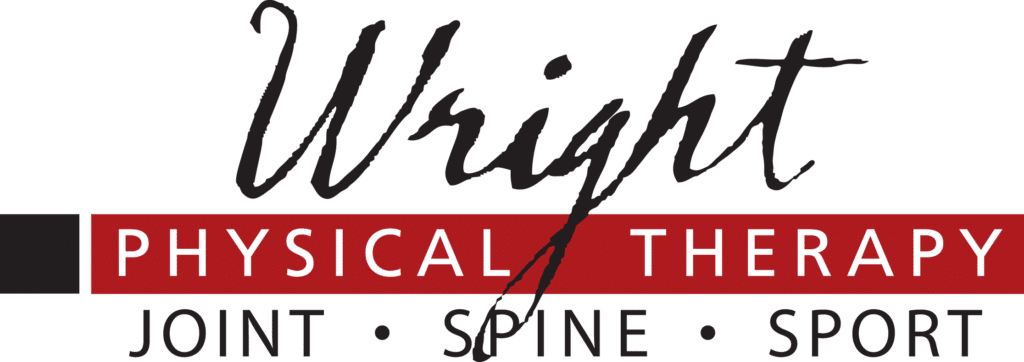What are the different types of headaches?
Headaches are generally classified in one of six major categories: Sinus, Cluster, Tension, Migraine, TMJ, and Cervicogenic (neck) type headaches. For this article’s purposes, we will succinctly examine the mechanically mediated types of headaches described in the figure below. Mechanical Physical Therapy is particularly successful at treating Cervicogenic (neck), Tension-type, and TMJ type headaches.

What causes headaches?
Headaches are caused by overactivity of or problems with pain-sensitive structures in your head. A primary headache isn’t a symptom of an underlying disease.
Chemical activity in your brain, the nerves or blood vessels surrounding your skull, or the muscles of your head and neck (or some combination of these factors) can play a role in primary headaches. Some people may also carry genes that make them more likely to develop such headaches.
How are different types of headaches diagnosed?
As in other areas of the spine, a mechanical examination task is first to determine those who are inappropriate for treatment. Further, the evaluation process identifies those with red flag” features that should be referred for further investigation. The history principally gives these features for differential diagnosis.
When should I start worrying about headaches?
- progressive worsening of headache
- recent severe onset / ‘thunderclap’ headache
- the onset of headache after exertion
- the onset of headaches > 50 years old
- history of major trauma
- nausea/vomiting
- temporal/occipital headache, with visual changes
- preceding sore throat / respiratory infection
- history of cancer
- problems with speech/swallowing
- visual changes – diplopia, ptosis, blurring
- associated symptoms: progressive weakness,
- convulsions, blackouts, mental changes, systemically unwell
How to prevent headaches through physical therapy?
A customized rehabilitation program provided by a Doctor of Physical Therapy will include the following:
1. Patient education with a thorough Home Exercise Program (HEP) to include Self-mobilization techniques.
2. Manual Physical Therapy, including IASTM, soft tissue mobilization, directional preference training of the cervical spine, trigger point therapy, manipulative intervention.
3. Strengthening of deep neck flexors, cervicothoracic motor function, and axioscapular muscles
4. Postural and proprioceptive exercises
5. Modalities including cryotherapy, moist heat, interferential electrical stimulation, or others as needed.
6. Traction when warranted – the five variables that best predict the benefit of cervical traction are:
- Age > 55
- Pain relief with arm resting on top of the head
- Reproduction of symptoms with the upper limb tension test A
- Symptoms that peripheralize with PAs at C4-7
- Symptom relief with cervical distraction.
The presence of any 3 of these variables increases traction success to 79%, and the presence of 4 variables increases success rates to 95%. The presence of only one variable decreases the probability of success with cervical traction to less than chance.


